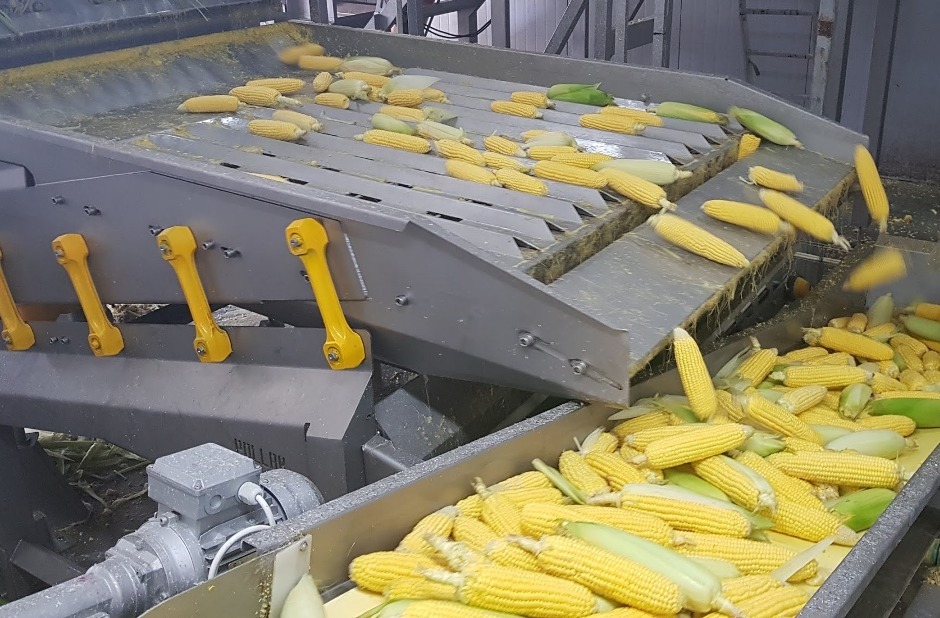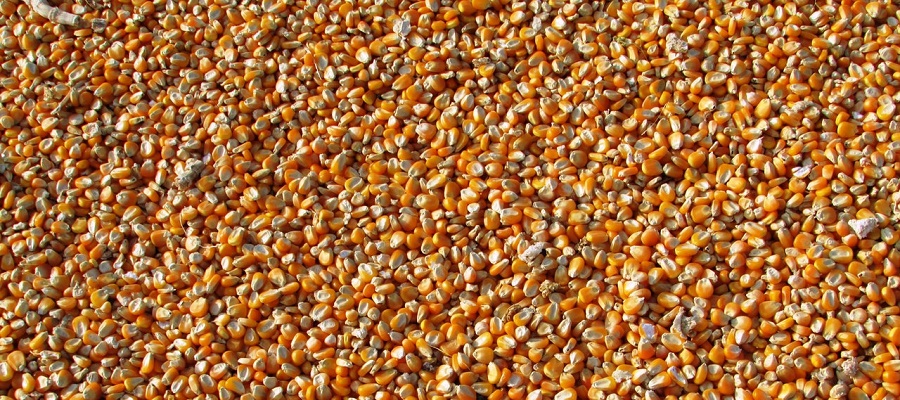Corn is a cereal and also a vegetable. It grows on a tall herbaceous stalk and produces large kernels on the cob. Corn kernels can range from white to yellow. For example, there is "Indian corn" whose kernels are a mixture of yellow, orange, brown, red and purple.
Quality standard
The existing quality standards for cereals and corn flour are outdated, as they do not answer the main market questions that determine the quality of cereals and flour today. Relations between producers and consumers today are reciprocal and based on contractual relationships, according to which the quality demands of the market are formed. And these demands are far from always fitting into existing norms. The main indicators that differ from the standards are:
- Coarse grain indicators, because consumers demand cereals with intermediate numbers, for example, No. 5 extra, which is a grain size between No. 5 and coarse flour.
- The fat content, which is not regulated for cereals, and for flour the basic indicators are so high that flour with such fat content is very difficult to sell. On the consumer side, these restrictions are quite strict.
- And the content of dark inclusions that affect the appearance of the grain. Also a parameter that is not regulated, but controlled by consumers (point per 1 dm.kv.).
All these indicators affect the output and quality of finished products, but they are not determined and currently there is not even a method for their determination. In this respect, it is impossible to accurately determine the yield and quality of finished products from different batches of grain, even if they are of the same quality.
Corn is sometimes called "yellow gold" because it is used to produce a large number of food products.
Basic facts about corn processing and consumption

Corn processing - Source: https://pollaksala.com/
- Corn processing starts with the kernel - usually there are 200-400 kernels per corn cob.
- During wet milling, the outside of the kernels is removed and used to produce animal feed.
- The tip of the seed is removed to obtain corn oil.
- Endosperm - the carbohydrate-rich starchy portion of the corn kernel - is the raw material for fermentation and conversion into a sweet called "dextrose stream."
- About 85 percent of the corn crop is used for food, animal feed and a variety of industrial products.
Distribution of the main varieties of corn
- Food - cereals, snacks, salad dressings, soft drinks, chewing gum, peanut butter, humic and other flour products, specialty corn, including popcorn and blue corn.
- Animal feed - dry cereals, high oil corn for cattle, pigs, poultry and fish.
- Industrial products - soaps, paints, cork, linoleum, polish, adhesives, rubber substitute, wall panels, dry batteries, textile finishing, cosmetic powders, candles, dyes, pharmaceuticals, lubricants, insulation, wallpaper and other starch products.
- Fermentation products and by-products - industrial alcohols, fuel ethanol, recyclable plastics, industrial enzymes, fuel octane boosters, fuel oxygenates and solvents.
Corn producers
Ukraine, along with Russia and Kazakhstan, are the main producers of corn in the Black Sea region. Ukraine has vast areas of fertile land rich in black earth (or "black soil"), and this black soil is one of the most fertile countries in the world.
Despite the fact that it is a small country, many agricultural crops are grown here in abundance. Ukrainian producers annually produce 39.2 million tons of corn. In 2017, 52% of Ukrainian corn was exported to other European Union markets. Meanwhile, 14% of corn was exported to Egypt and 11% of corn was supplied to South Korean markets. Other important markets for Ukrainian corn are located in Japan, Iran, China, Syria and some other countries. Ukraine accounts for 16% of global corn exports.
Consumer demand for corn is growing, this is due to the fact that demand is increasing in the production of starch and meat, due to the fact that corn is used as feed, demand is growing in the poultry industry.


